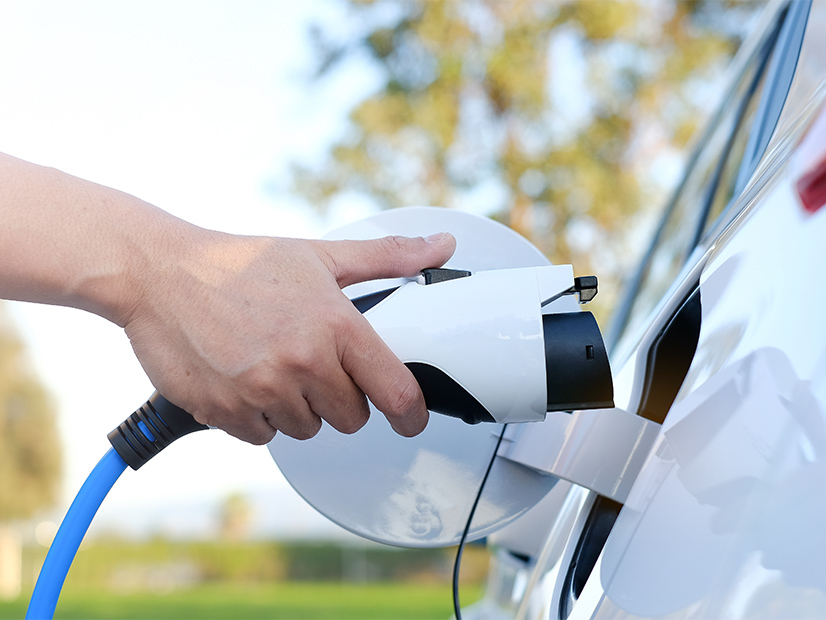An impending influx of federal money, a regional partnership in tatters and a pandemic that has drastically changed Americans habits has Massachusetts transportation electrification policymakers’ and advocates’ heads spinning.
But there was optimism and momentum despite uncertainty during a panel hosted by the Northeast Energy and Commerce Association on Wednesday.
An estimated $63 million in formula funding for electric vehicle infrastructure headed to Massachusetts from the Infrastructure Investment and Jobs Act is a “hugely positive story,” said Jake Navarro, director of clean transportation products at National Grid (NYSE: NGG).
But even that money comes with worries about whether it will be spent efficiently.
“It’s really important that those funds get maximized by making them complementary with other programs that other players in the space can offer,” Navarro said.
In addition, the breakdown of the Transportation and Climate Initiative Program (TCI-P) has been frustrating for Daniel Gatti, director of clean transportation policy at the Massachusetts Executive Office of Energy and Environmental Affairs.
“You design a policy for an environment in which no state has any resources to spend on clean transportation … and then it comes time to implement the policy and all of a sudden the price of gas has gone up,” Gatti said. Add big federal funding for transportation to the situation and the circumstances become “challenging” for TCI-P to overcome, he said.
That reality has advocates watching closely to see what will develop in the vacuum.
“TCI-P was pretty central to the administration’s approach to reducing GHGs in the transportation sector,” said Anna Vanderspek, electric vehicle program director at the Green Energy Consumers Alliance. “That is one place where we are taking a really hard look at what is the state’s Plan B in the absence of that stream of revenue?”
Alignment and Opportunity
Participants in the Massachusetts EV sector see a strong landscape despite the market challenges and uncertainties.
“What we don’t really appreciate is the amount of alignment that exists in this state that doesn’t exist in other areas, even in some parts of California,” said James Cater, program lead for EV infrastructure at Eversource (NYSE: ES).
“It’s an amazing thing; I think our alignment enables us to make these really bold steps and make these really bold goals,” Cater said. “I think you are going to see increasingly this be a go-to location for thought leadership, deployment, for business development around this EV universe, and it’s exciting.”
It’s early still in the “adoption curve” for EVs, Navarro said.
“Massachusetts has a goal for 300,000 [EVs, and] … right now we’re at 40,000 to 50,000 vehicles on the road,”
he said. “We are at the extreme early end.”
Political circumstances could be favorable to quick government action as Gov. Charlie Baker prepares to exit.
“The last year of the Baker administration, I’m thinking about what we can do in the next 12 months, what we can set up right now,” said Gatti.
One suggestion from Vanderspek: a clearinghouse or “scaffolding” to help consumers understand EVs.
“We’re increasingly getting questions from people saying, ‘I get it, electric school buses; where do I start?’” he said.


